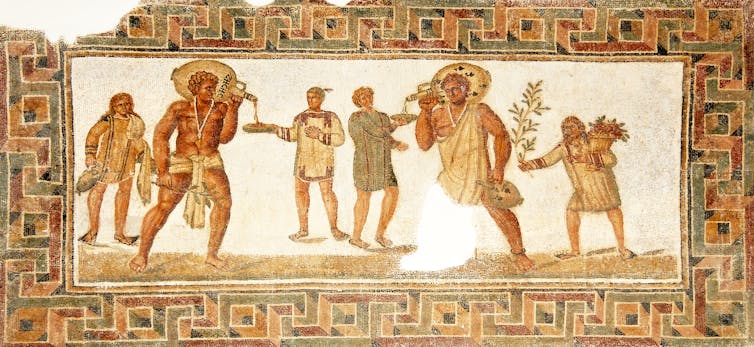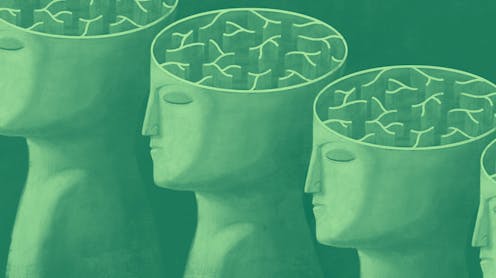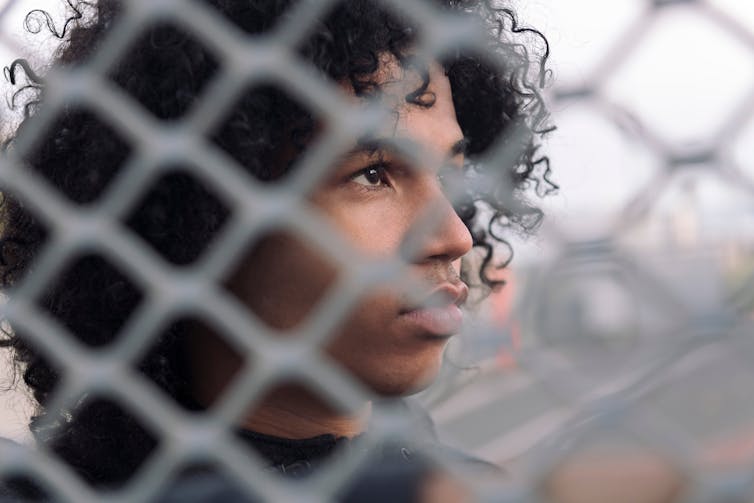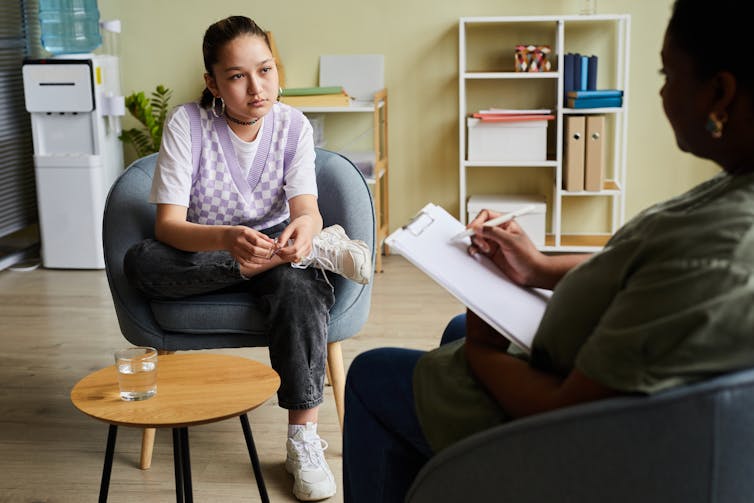Source: The Conversation (Au and NZ) – By Fiona Macdonald, Policy Director, Centre for Future Work at the Australia Institute and Adjunct Principal Research Fellow, RMIT University

The Fair Work Commission has found award pay rates in five industrial awards covering a range of female-dominated occupations and industries do not provide equal pay.
This important decision should narrow the gender pay gap.
The commission proposed significant increases to award pay rates covering thousands of workers including pharmacists, early childhood education and care workers, psychologists, physiotherapists and some other health workers.
The Fair Work Commission’s review of the five “priority” awards was undertaken following the Labor government’s changes to the Fair Work Act in 2022. The changes require the commission to take account of the need to achieve gender equality in setting modern award rates of pay.
Who is covered by the latest review?
The five priority modern awards reviewed by the expert panel are:
-
Aboriginal and Torres Strait Islander Health Workers and Practitioners and Aboriginal Community Controlled Health Services Award 2020
-
Children’s Services Award 2010
-
Health Professionals and Support Services Award 2020
-
Pharmacy Industry Award 2020
-
Social, Community, Home Care and Disability Services Industry Award 2010.
The commission examined the evidence and found many pay rates in the five modern awards do not reflect the value of the work undertaken in these female-dominated occupations and industries.
The commission found pay rates in these awards are not equal to pay rates for comparable work, due to the work largely being done by women.
Skills typically required to work with and to provide care and support to people, sometimes referred to as “soft” skills, have not been valued as much as the so-called “hard” skills required in male-dominated technical roles.
Past attempts were not successful
Before the Labor government’s 2022 changes to the Fair Work Act, almost all attempts by unions to have industrial tribunals address gender pay inequity failed.
One major barrier to success was a requirement that discrimination be demonstrated. The need to prove gender undervaluation of work largely done by women by referring to “comparable” jobs largely undertaken by men has also been a problem.
Now, under an amended Fair Work Act, the Fair Work Commission is able to examine the skills required in feminised jobs to assess the work’s value without needing to find a male comparison.
The commission’s decision that a total increase of 14% in award rates for pharmacists is justified will take effect in three phases, starting in July 2025.
The commission’s decisions on pay increases for workers covered by the other four awards, including proposed increases of 23% for Certificate III qualified childcare workers, have been put forward as provisional views only. The expert panel will begin consultations on these views in May.
Some concerns remain
The commission’s proposal for remedying gender undervaluation in one of the awards, covering a broad range of workers in social and community services, including disability workers, is puzzling.
The remedy appears to risk undermining past pay gains won for many social and community services workers because of proposed changes in the classification structure. These changes may not take account of the complexity and diversity of skills used by workers in the wide range of roles covered by the award.
Reflecting this, unions have expressed concerns the proposals for changes to this award may have the unintended consequence of reducing pay and hurting careers for some workers.
The final pay increases and their timing for workers covered by the four awards other than the pharmacy award will be made following consultations with unions, employers and funding bodies, including federal and state governments.
Following last week’s decision, one large employer group is arguing employers in private hospitals and the early childhood education and care sectors cannot afford the proposed pay increases.
They are calling on the government to fund increases in the industries that are largely government funded, including the early childhood education and care sector.
The funding picture so far
The Labor government supported the Fair Work Commission’s gender undervaluation review when it was announced in 2024. At the time the government also made clear it was their view any large pay increases would need to be phased in.

R.Classen/Shutterstock
The government did fully fund increases for aged care workers, which it said came to a total investment of A$17.7 billion.
The government has also funded a 15% pay increases for early childhood workers gained through a multi-enterprise agreement covering hundreds of centres. The first increase of 10% came into effect in December, with a further 5% increase due in December 2025.
Better pay in care and support occupations was identified by the Labor government as essential to the sustainability and growth of the care and support economy.
The Coalition has not made any commitments regarding funding for any pay increases awarded in the gender undervaluation proceedings. The Coalition spokeswoman on workplace relations, Michaelia Cash, said the Coalition would examine the decision and its implications.
The Coalition did not support the larger Same Job Same Pay legislation that included the gender equality changes.
![]()
Fiona Macdonald appeared as an expert witness in the Fair Work Commission’s hearing on the review of the Social, Community, Home Care and Disability Services Industry Award.
– ref. A landmark ruling will tackle the gender pay gap for thousands of workers – https://theconversation.com/a-landmark-ruling-will-tackle-the-gender-pay-gap-for-thousands-of-workers-254798




























